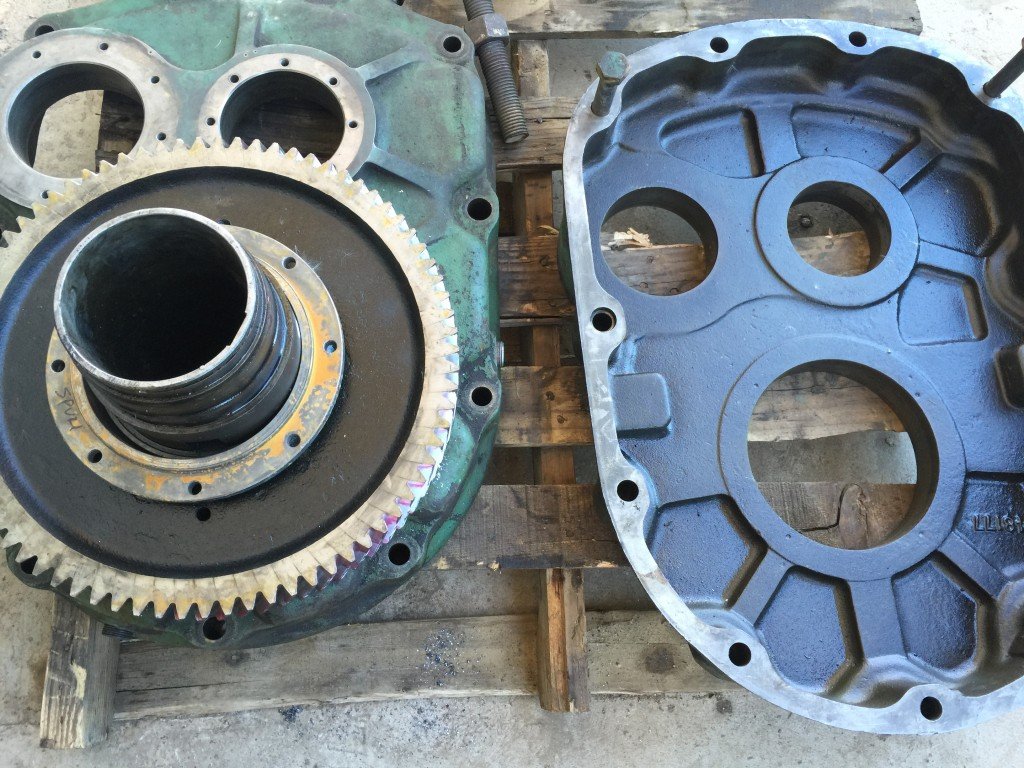Mobile:+86-311-808-126-83
Email:info@ydcastings.com
aluminum extrusion
The Evolution of Aluminum Extrusion A Key Process in Modern Manufacturing
Aluminum extrusion is a pivotal manufacturing process that has revolutionized various industries by enabling the creation of complex shapes and components with remarkable efficiency. This method involves the shaping of aluminum alloy materials by forcing them through a die, resulting in a continuous profile that can be cut to desired lengths. The beauty of aluminum extrusion lies in its versatility, light weight, and exceptional strength-to-weight ratio, making it a preferred choice for many applications, from automotive to aerospace, construction, and beyond.
The Origins of Aluminum Extrusion
Aluminum extrusion has its roots in the mid-19th century, following the discovery of aluminum as a metal in 1825 by Danish chemist Hans Christian Ørsted and its commercial production being achieved later by Paul Héroult and Charles Martin Hall in the late 19th century. However, it wasn't until the early 20th century that the extrusion process was developed and refined. The first successful extrusion of aluminum was achieved in 1894 when a team of engineers at the Kreuter & Co. company in Germany created the first aluminum extrusions using a rudimentary press. This marked the beginning of a new era in manufacturing, leading to the widespread adoption of aluminum in various sectors.
The Process of Aluminum Extrusion
The extrusion process begins with the selection of an aluminum alloy, chosen for its specific properties such as strength, corrosion resistance, and thermal conductivity. The chosen aluminum is heated to a malleable state and then loaded into an extrusion press. As the press forcefully pushes the aluminum through a specially designed die, it takes on the shape of the die opening. This process can be carried out in either a hot or cold environment, with hot extrusion being the more common method for aluminum, as it allows for more intricate shapes and designs.
Once extruded, the aluminum profile may undergo various finishing processes, such as anodizing, painting, or powder coating, to enhance its appearance and durability. The final products are then cut to length and packaged for shipping, ready to be utilized in numerous applications.
Applications of Aluminum Extrusion
aluminum extrusion

The applications of aluminum extrusion are vast and diverse. In the construction industry, extruded aluminum is often used to create window frames, door frames, and other structural components due to its lightweight yet robust nature. The automotive industry benefits significantly from aluminum extrusion, as it allows for the production of lightweight parts that improve fuel efficiency and reduce emissions.
In the aerospace sector, manufacturers rely on extruded aluminum for components requiring high strength and low weight, essential for energy efficiency and performance. The electrical industry also utilizes aluminum extrusions for wiring ducts and rail systems, capitalizing on aluminum's excellent electrical conductivity and resistance to corrosion.
Furthermore, aluminum extrusions find their way into consumer products, from bicycle frames to electronic enclosures, showcasing their adaptability and aesthetic appeal. The construction of intricate and customizable designs is made possible by aluminum’s ability to be extruded in various shapes, from simple rectangles to complex geometric forms.
The Future of Aluminum Extrusion
As technology advances, the future of aluminum extrusion appears promising. Innovations in alloy development, die design, and extrusion techniques are paving the way for even greater efficiency and sustainability in production. Moreover, the growing emphasis on environmental conservation and energy efficiency is driving more industries to adopt aluminum extrusion, as aluminum itself is 100% recyclable without losing any quality.
The integration of automation and advanced manufacturing technologies, including 3D printing and computer numerical control (CNC) machining, is also set to enhance the capabilities of aluminum extrusion. These advancements will likely lead to reduced waste, lower production costs, and customized solutions tailored to the specific needs of industries and consumers.
In conclusion, aluminum extrusion is not merely a manufacturing process but a cornerstone in the development of modern engineering and design. Its versatility, strength, and lightweight nature make it an indispensable material in many sectors, driving innovation and sustainability. As we move forward, the synergy of aluminum extrusion with emerging technologies will undoubtedly unlock new potential and reshape the landscape of manufacturing for years to come.
-
Understanding Metal Casting TechniquesNewsApr.02,2025
-
Understanding Exhaust Manifolds for Enhanced Engine PerformanceNewsApr.02,2025
-
The World of Metal FabricationNewsApr.02,2025
-
Key Components for Pump and Turbo EfficiencyNewsApr.02,2025
-
Essential Tools for Automotive Maintenance and RepairNewsApr.02,2025
-
Durable Valve Components for Effective Water ManagementNewsApr.02,2025











